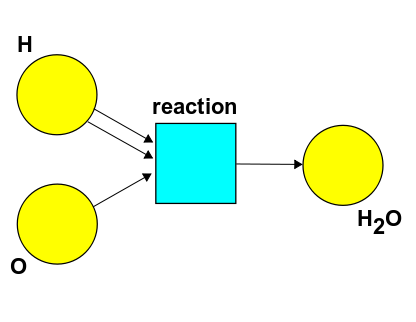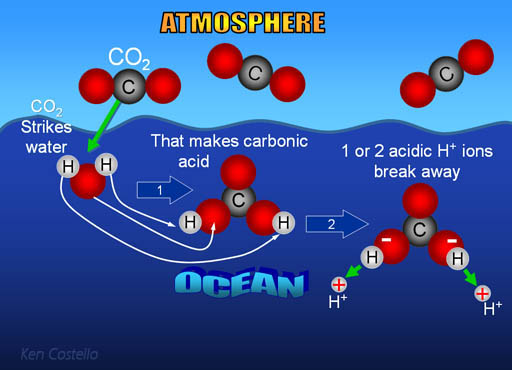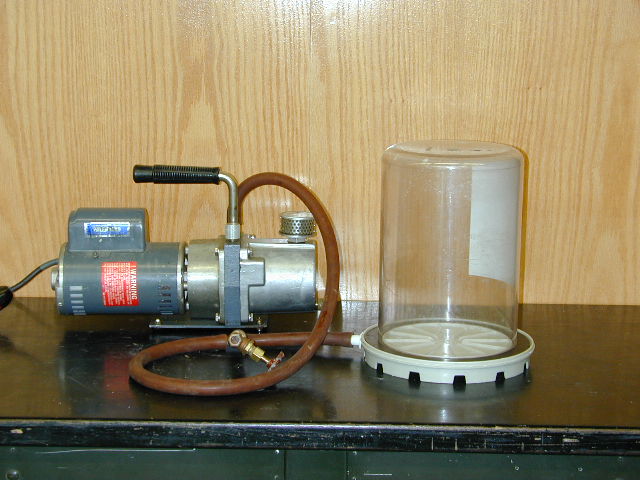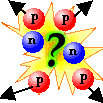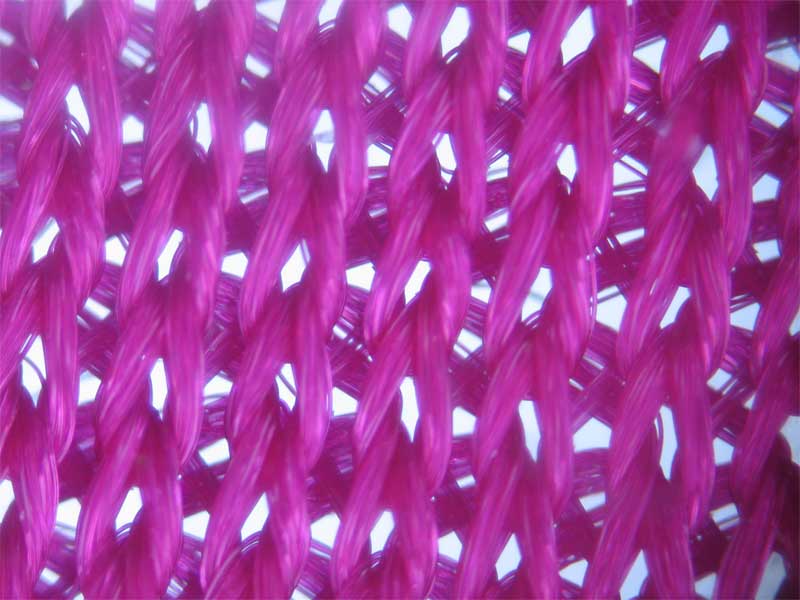This summer, I think I am going to build a welding torch. Not just any old oxy-acetylene, ARC, or MIG welding torch though. I am going to build a welding torch that’s fuel is water. Think about my last post, when I said that hydrogen and oxygen, the two elements that make up water are so flammable that they are sometimes used in rocket ships. In rocket ships the hydrogen and oxygen are used in liquid form which requires a lot of chemicals to keep them in that state, it is very dangerous because one spark and its Apollo 13 all over again, and you need high pressure tanks to hold them. To be safer and smarter, I plan to make the hydrogen and oxygen from water, so the two elements are delivered to the nozzle of the welding torch as a gas. This is no easy task, splitting water molecules, because hydrogen and oxygen are covalently bonded.
So, how could you break the strong bonds of the hydrogen to the oxygen? Give it a lot of energy. The electron of hydrogen is shared with oxygen and doesn’t have enough energy to escape from the oxygen. So, if enough energy is transferred into the water molecule it will excite the electrons enough to allow the hydrogen to yank itself free from the overwhelming attraction to oxygen. Then you have got 2 elements, perfect for welding. The process of splitting water using electricity (the energy) is called electrolysis.
http://www.youtube.com/watch?v=320b9NGiFU0
Awesome video of a homemade HHO welding torch
This shows the power of the flame that is created when hydrogen and oxygen react. The Dr. Pepper can was in front of the flame for a few seconds and a slit was melted in its side easily. The energy from the reaction should be harnessed and like I mentioned in my last post, I think it should be used to power cars. The coolest part about a water powered car or any HHO flame for that matter is that its only emission is be water vapor.
Only emitting water vapor is truly awesome compared to the crap that comes out of car's tale pipes these days. In a water powered car, if you could find a way to loop the exhaust pipe back into the water tank in a safe way, the car would make one tank of water last a long time by recycling its exhaust. There is one huge problem, it takes a substantial amount of energy to break the bonds of hydrogen and oxygen, so much energy that any resulting energy you would get from recombining them would be less then what it took to split them.
In a recent discovery inventor Denny Klein found a way to perform electrolysis in a way that would use less energy. Here’s a video clip on the new discovery.
In that video, listen closely if you missed it just after 1:30…
You can hear the inventor clearly say that a 100 mile trip uses about 4 OUNCES of water! 128 fluid ounces = 1 fluid gallon. According to that conversion factor you would get aproximately 3200 miles out of one gallon of water. This discovery is truly revolutionary and could really change the world if we use it correctly.
Some draw backs could be that we might find ourselves running low on water because if this technology catches on, cars all over the world would be using up fresh water and that would leave us pretty thirsty.
Sitting on my couch thinking of ways that we could make water a priority for Mankind first, cars second, I found a creative solution to the problem. I remembered that NASA uses a technology to convert urine into drinking water.
The link to the news article on Nasa’s Urine to water filter.
I understand if you're skeptical here because it does sound gross that astronauts are drinking their own pee. However, if you think about it, urine is nothing more than water with some nitrogenous waste, salts, and other dead cells and waste that the body is getting rid of by filtering them out in the kidneys. So, since NASA has found a way to filter out the unwanted molecules, all they have to do now is install one into the opening of the gas tank of the water powered car so that all pee or water passing through could be filtered. I am suggesting that cars run on urine, a very environmentally friendly idea. If the water powered car idea catches on quickly enough my future kids could be peeing into the gas tank if they’re running low on water! Then the only problem we would be dealing with would be where to dumb the excess of filtered waste coming from the pee.
Maybe homes could have a designated toilet for urinating where the waste could be flushed with small amounts of toilet water and stored under the garage so that all homes could have a fuel pump in their garage. That waste could even be filtered in the toilet and turned into pure water so that the car wouldn’t have to waste energy on filtering the urine.
Image Left
Image Right
With an in home pump, people wouldn’t have to pee in public. But, I think that the car should have a urine-to-water filter just in case you run out of gas in the middle of nowhere and need a few more miles out of your thirsty old car.









